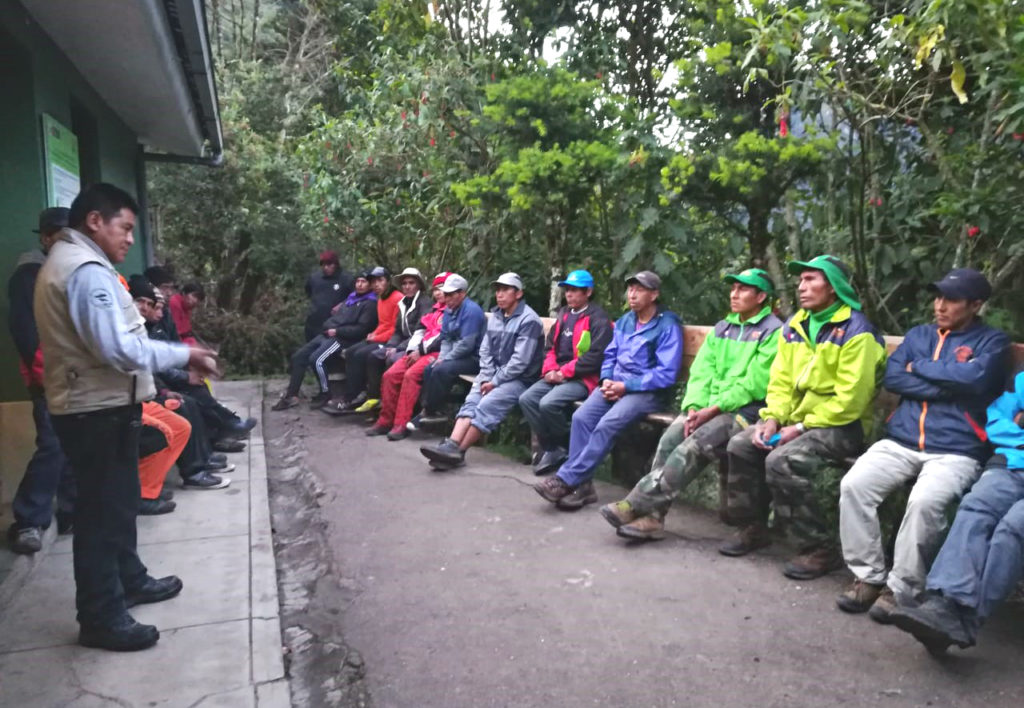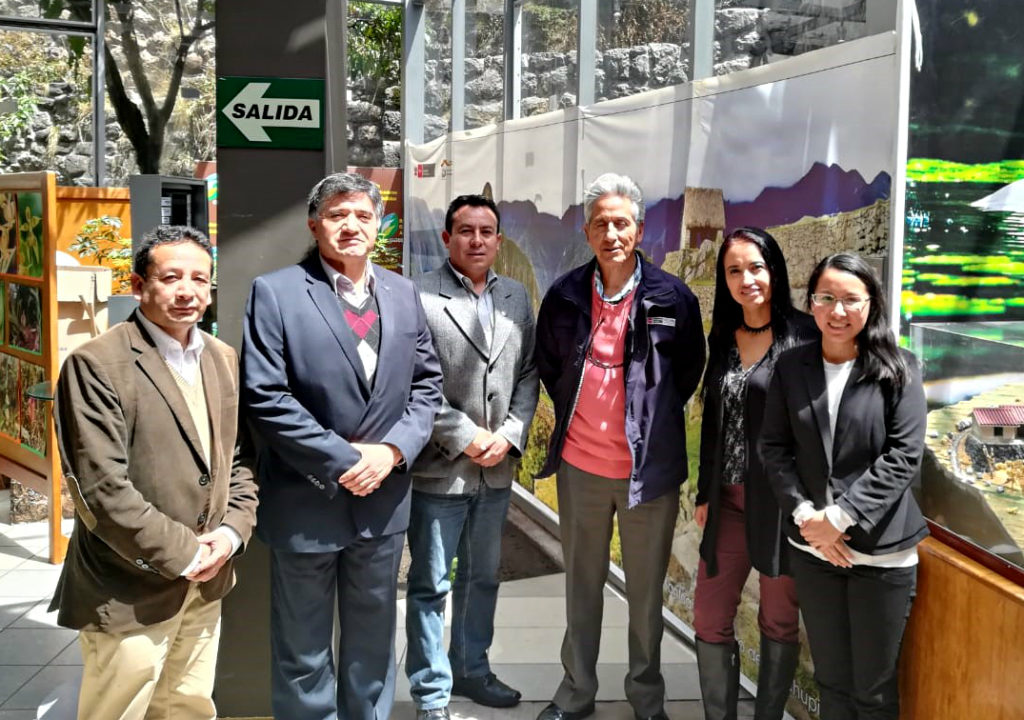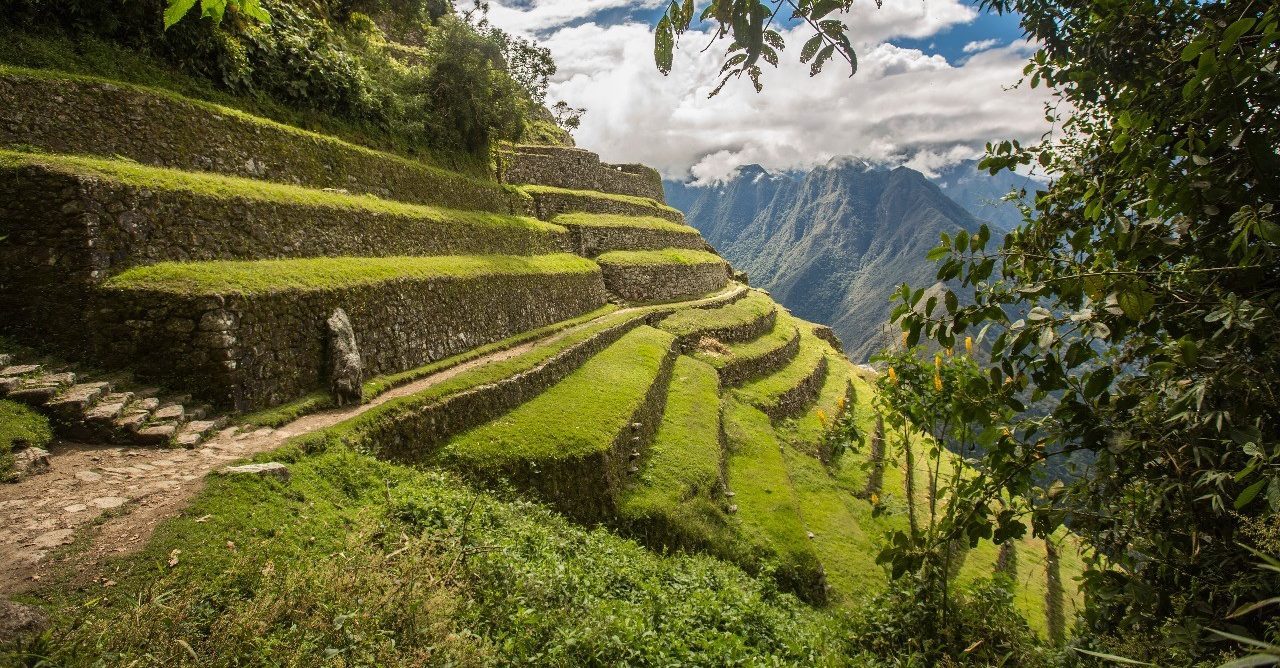Sustainability is already an important cornerstone of the nature reserve around the world-famous Machu Picchu – this will now be strengthened with TourCert.
The Inca Trail Network (La Red de Caminos Inka – RCI) in Peru is one of the best-known trekking routes in the world. It is located within the historic sanctuary of Machu Picchu, a nature reserve created for the conservation and protection of flora and fauna, geological formations, archaeological remains and the beauty of the landscape in its territory. These characteristics also made it possible to be included in the UNESCO World Heritage List in 1983.

The nature reserve was established with the aim of strengthening sustainability. This vision is in line with the one of the Servicio Nacional de Áreas Naturales Protegidas por el Estado (SERNANP) in Peru. SERNANP has therefore decided to introduce an international certification system based on the principles of sustainability and social responsibility, with a transparent assessment mechanism and continuous improvement. This will contribute to improving the development and management of the destination, tourism companies, municipalities and other related stakeholders, and in turn to the quality of life of the local population, the protection of biodiversity and visitor satisfaction.

For the Inca Trail Network, the certification means recognition of the efforts made so far to promote responsible tourism and a commitment to improving sustainable tourism management in the future. Therefore, it has committed itself to go through the certification process with TourCert. This consists of the following steps:
- Assessment and diagnose of various aspects of the destination that will be taken into account in the certification requirements and to apply the tools of the TourCert certification process, such as Ecomapping;
- Involvement of different actors in the destination such as carriers, tour operators, guides, etc.;
- Identification of specific fields of action for a sustainable orientation;
- Definition of a clear objective and corresponding measures for future work and prioritization of the activities with the participants;
- Review of the fulfilment of the criteria by experts within the framework of an audit;
- After the final decision of the TourCert Certification Council, the destination receives the TourCert Label as a sign of successful certification.
Currently, the RCI is working on the first phase of the process, workshops with local stakeholders are taking place, the facilities are being evaluated and audited in order to draw up an action plan.

Further information on the TourCert certification of destinations can be found here. More information about the client SERNANP is available on this website.
Tags
Inca Trail, SERNANP, UNESCO


